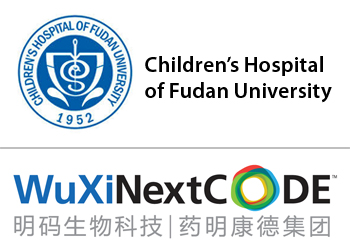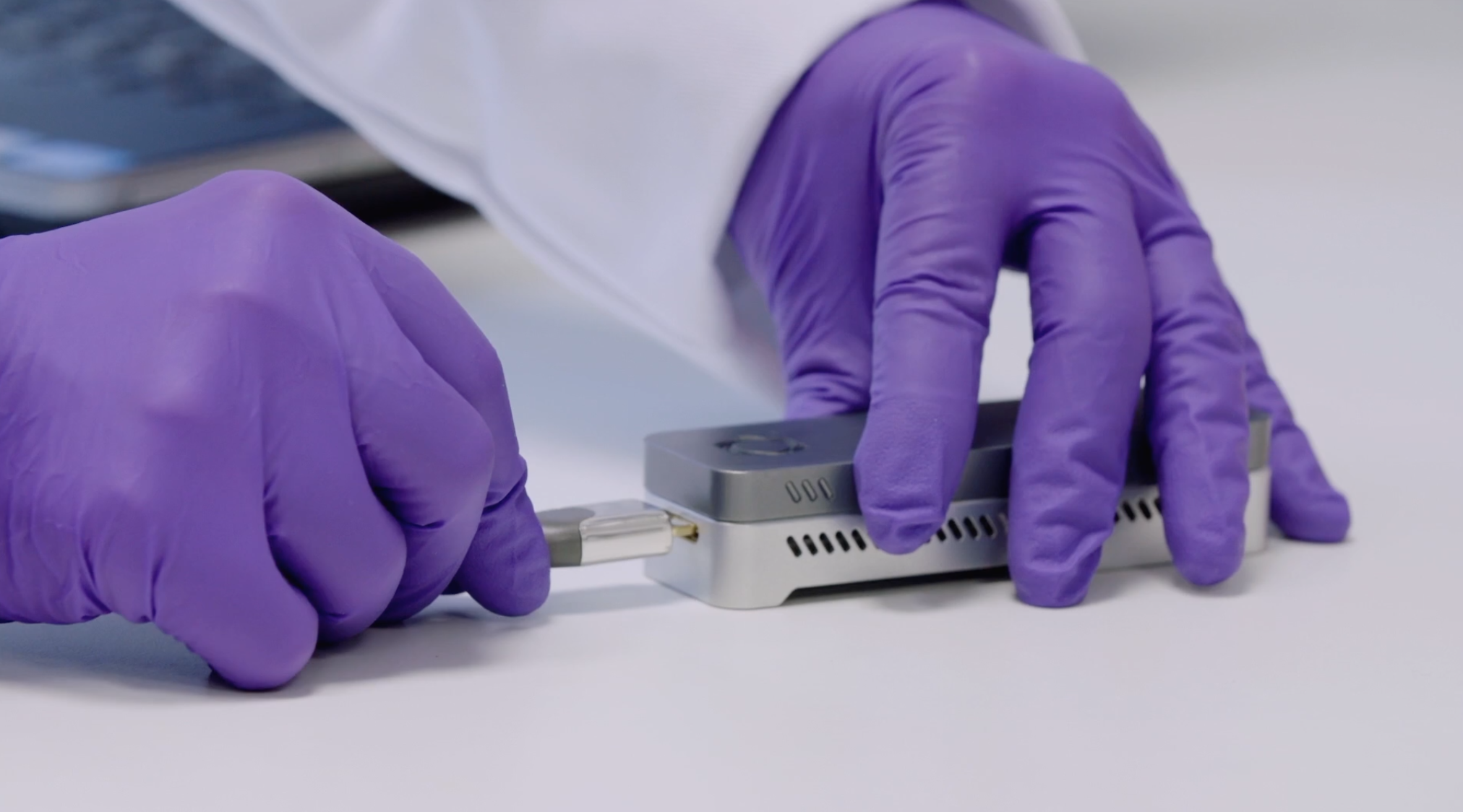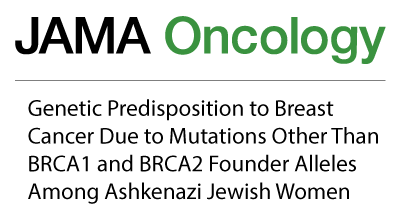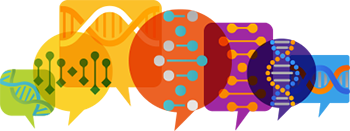
The first year of WuXi NextCODE’s partnership with Fudan Children’s Hospital has delivered 11,000 clinical reports and a diagnosis rate of 33%, matching the throughput and success rate of the world’s leading laboratories.
One year ago, WuXi NextCODE (WXNC) and the Children’s Hospital of Fudan University (CHFU) launched a joint laboratory to put the global gold standard in sequence-based rare disease diagnostics at the service of patients in China. In the first year of that joint effort, the partnership delivered some 11,000 clinical reports—with more than 1,000 new reports now being generated each month—and a diagnosis rate of 33%. This matches the throughput and success rate of the leading laboratories in the world.
Dr Lin Yang of CHFU presented a summary of this remarkable progress at WXNC’s breakfast session on rare disease at the ASHG17 meeting held recently in Orlando. Afterwards, WXNC’s global communications lead, Edward Farmer, sat down to talk about this collaboration and what it means for patients, with Associate Professor and Laboratory Director Dr. Huijin Wang from the clinical team; Dr. Bing Bing Wu, director of the medical diagnostics laboratory; and Assistant Professor Dr Xinran Dong, who leads the bioinformatics team, as well as WXNC Chief Scientific Officer, Jeff Gulcher.
Edward Farmer: It’s a real pleasure to have with us our colleagues from Fudan and to be able to hear about this collaboration in rare disease diagnostics and genome-based testing in the neonatal unit. To start us off, Jeff, can you tell us how this partnership came about and how you see its importance to rare disease diagnostics in China and worldwide?
Jeff Gulcher: It’s been a fantastic partnership that started about two-and-a-half years ago, when we began discussing the possibility of creating a joint laboratory. The aim was to take advantage of WXNC’s technology and sequencing expertise together with Fudan’s expertise, both on the medical side and the interpretation side. The goal was to enable whole exome or medical exome sequencing of very sick children. In parallel, we decided to see if sequencing is useful in the neonatal ICU setting.
Through this partnership, we’ve now sequenced a large number of children and worked together to make diagnoses. Our medical genetics teams have worked closely together to interpret these cases, and in about one-third of the cases, we’ve been able to deliver diagnoses that were not suspected by the treating physician. In many cases, that has led to different treatments, with better outcomes for the children.
Together, we have now sequenced over 11,000 pediatric cases, including some 2,500 neonatal ICU cases, and we are very pleased with this partnership.
Edward Farmer: We have with us several senior people from Fudan. Huijin, let’s begin with you, as director of our joint laboratory. Can you share with us your impressions of this partnership so far and some of your results?
Huijin Wang: We have had a very good experience with this collaboration. We have many cases and, each week, we have a case meeting with the Cambridge WXNC team and we discuss the data and variant curation for the more difficult ones. The results have been impactful for the patients. In many cases, we can deliver a clinical diagnosis, and some of these offer real treatment options.
I remember one case that first came to the neurological clinic with seizures and hypoglycemia. This child had presented with recurrent hypoglycemia at a very early age and was in the NICU. We sequenced the family and found a recessive variant in the FBP1 gene, which the patient had inherited from both parents.
After this diagnosis, the doctor was able to discuss the problem with the family and advise them on how to limit the child’s diet to avoid hypoglycemia. The child is now doing well and no longer experiencing hypoglycemic episodes. And his family came back later and planned to have another child, and we referred them for prenatal diagnosis, and they were able to have another child who is healthy. This was a very successful case and is the sort of story that encourages us and shows us the value of the work we are doing.
Edward Farmer: That is an encouraging result. Lin, as an attending physician, how do you see the impact of introducing this technology into China at scale?
Lin Yang: We have more and more children at our hospital with birth defects or congenital malformations, so we really want to get a diagnosis and whatever possible treatment for them, including new treatments when available.
The collaboration between our hospital and WXNC starts with us deciding whether the case is likely to be the result of a genetic disorder. If it is, we do pre-testing counseling for the whole family before taking DNA samples. We then use WXNC’s capabilities for the sequencing and analysis of the results. Finally, we need to interpret the sequencing results and report them to the parents. It is often very difficult for parents to understand “what is a gene,” “what is a mutation,” “what is the disorder,” and “how can your child benefit from a molecular diagnosis?” So that is a critical part of our work.
But more and more patients are choosing molecular diagnosis and, if they get a correct diagnosis early, they may find a useful and more targeted treatment earlier.
In the NICU, we have some patients that have immune deficiency disorders. These can be very serious conditions, as the children suffer from repeated infections. It is very hard on the whole family. For such cases, if you have a specific diagnosis, there is often a cure. This is very good news for these families in the NICU, as they now have the possibility of getting a molecular diagnosis and then a treatment.
Edward Farmer: Are there any specific examples or cases that you can share with us?
Lin Yang: I had a newborn patient who had very low platelet counts and petachiae (red spots from small bleeds) on his face and body. We found that he has a mutation in the WAS gene, inherited from his mother’s side of the family, which means that his bone marrow is not producing enough platelets. But with a hematopoietic cell transplantation [HCT, which can include bone marrow] from a relative or closely matched donor, he has every chance of being cured of the disease and becoming a healthy boy. He is now waiting for a matched donor.
Edward Farmer: Huijin, you’ve done amazing work so far, and I know you are only getting started, but I wonder what proportion of the patients you see are able to benefit from the work of your lab and the collaboration with WXNC?
Huijin Wang: Currently, we are delivering a diagnosis to about 30% of patients, and we are able to recommend specific clinical treatment for about 20% of our patients.
And very often, we can give some guidance, if not a cure. Sometimes just knowing exactly what the diagnosis is gives patients peace of mind and new options. For example, many can go to a specialty clinic. But just knowing the diagnosis is often a comfort.
There is also a big need, and as a national center of excellence our diagnostics can help people across the country. About 80% of our patients come from outside of Shanghai, so with a diagnosis, they can go back to where they live and take some action there.
Lin Yang: There is also a difference among different diseases. I think we are now able to provide actionable results to about 50% of patients with neuromuscular disorders, and for respiratory maybe something less than that. For NICU, it’s maybe 15% that get a diagnosis, but we want to boost all of these.
We can benefit many more patients with this technology. In our hospital and with the WXNC collaboration, we can see an increasing number of patients. But there are a lot of undiagnosed patients, and in many places, there is not yet access to molecular diagnostics, so we hope this capability spreads to other parts of the country as well.
Edward Farmer: And Xinran, as we’re talking about building the scale and reach of molecular diagnostics, perhaps you can tell us a bit about how you are dealing with all of this data.
Xinran Dong: We have collected a lot of data. And from my bioinformatics perspective, one of the things that the WXNC collaboration is helping us to do is to make good use of the data, both for our clinical cases and for research.
I see part of my job as helping to build this into one of the biggest databases on rare disease in China and maybe the world. This is going to help patients today and advance the discovery of new genes.
Edward Farmer: Clearly there is no lack of ambition here. I want to thank you all for your time, and we look forward to sharing more stories of our work together.










